Galerie Crèvecœur’s new exhibition Solstice is curated by Paris-based artist Anne Bourse. The show presents recent and ongoing explorations of light through a sculptural medium. On view from November 23 to January 20, 2023 the showcase is centred around the idea of light as an entity that fills one with hope while revealing unknown aspects of our lives. As a press release from the gallery states, the exhibition is open to the public only when it’s dark outside "when the electric light is the city’s last hope as night falls." The show builds on the idea of light as a source of revelation and hope, a trope consistent throughout art and literature.
The artists in the gallery space bring out various narrative threads, showing the ways in which we can shape a thing so ephemeral. For instance, Bourse’s lamp design, Charlotte’s skirt from Tokyo (2022) is an ongoing exploration of swirling lines that evoke the idea of psychedelic frescoes apparent in her body of work. The pastel colours of the textile illuminated by the warm light bulb bring to mind the swirling colours of a soft sunrise. Similarly evolving the softness of light is a mixed-media sculpture by Cici Wu, a New York-based artist and designer. The Chinese designer’s works draw a thread from paper lanterns to cinema, as the artist believes cinema cannot exist without the presence of light. Further, the use of paper lanterns in her work makes reference to the fact that like film, they were used as a form of storytelling. Her sculptural artefacts make use of found objects to underscore this theme.
Another artist who is part of the line-up and works with found objects is New York-based Jessi Reaves. Her hybrid-seeming artefact, All hope for a better past belies her twisted sense of humour, where she blends complex compositions, colour, and disparate materials to create visually intriguing objects. An American artist whose work straddles the line between furniture design and sculpture, she often begins her work with discarded objects which she dismantles, converts, remakes, and embellishes, focusing on the craft and handmade aspects of the work. Tellingly, the fragmented sculpture with a warm yellow illuminating it does bring to mind the idea of hope in a dismal past.
Another American artist whose work is displayed in the gallery is Cooper Jacoby. The Los Angeles-based artist’s wall mounting titled Apopheniac (introvert) explores how malfunctions of hardware (in this case a street lamp) reveal the infrastructure of the built environment and its intersections with other ecologies. The intersection of living and non-living is a subject that also fascinates Mimosa Echard, a French artist. Her piece is titled Sap (Prof d’anglais), which calls to mind the secretion of trees but was made from red glass beads. Its glowing centre makes the piece feel like it has come alive. Her larger body of work interrogates areas of contact and contamination between organic objects and consumer items, a fascination that Kim Farkas, another French artist shares. His sculpture, 22-08, evokes the idea of organic proto-lamps and incorporates replicas of commodities from Asian bazaars (a nod to his South East Asian roots) in its form. Finally, Renaud Jerez’s installation draws on the imagery of death in his work that is on display, Untitled (Miroir noir - Poisson/Dragon).
From the idea of hope to the idea of new beginnings to the idea that light can reveal concealed truths, the exhibition goes over disparate themes, often forming unexpected linkages. The show’s title, Solstice is perhaps the most telling. A time when daylight is most or least prolonged (in the case of summer/winter), various cultures have formulated holidays arising around these events, all of which in some form celebrate the idea of triumph, and light over darkness, a recurring idea for the exhibition.






 Sign in with email
Sign in with email


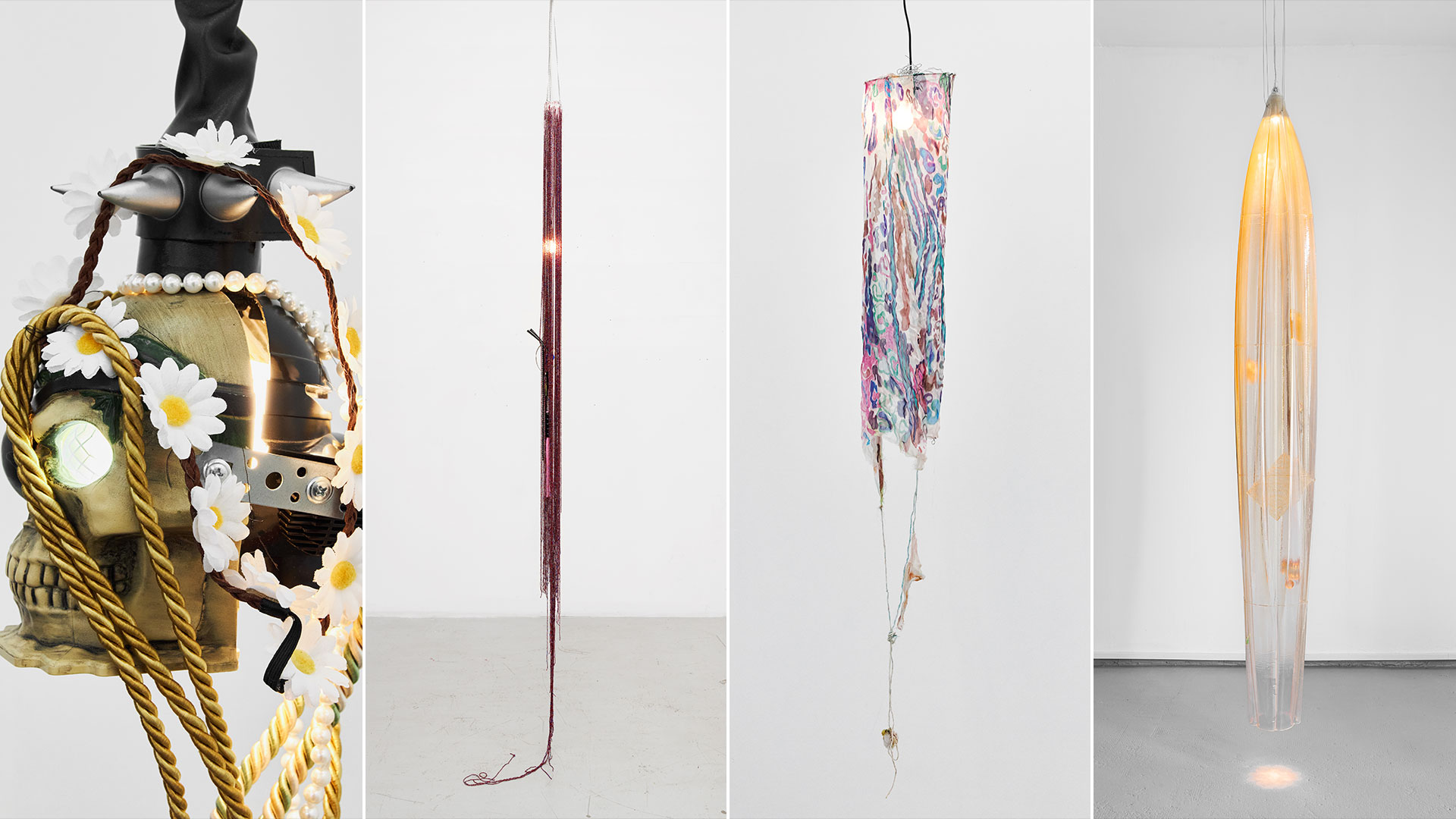
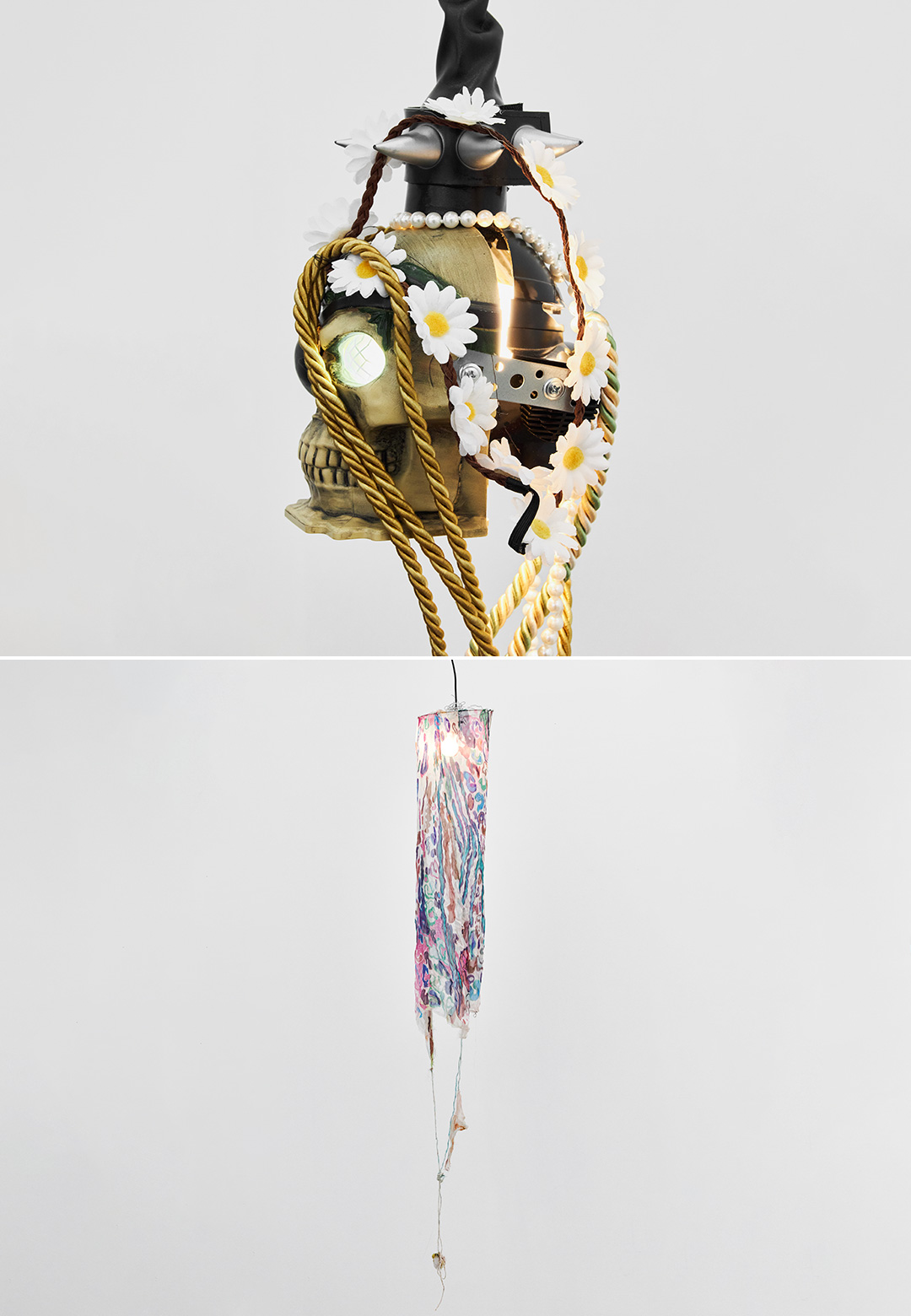
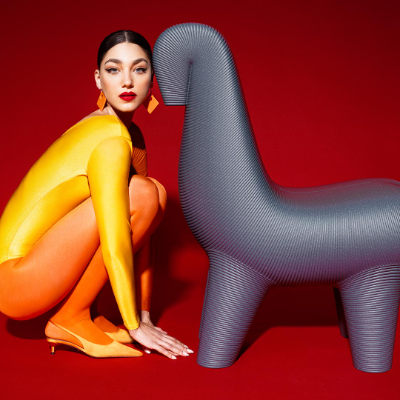
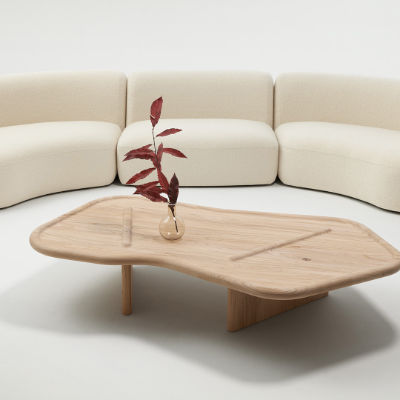
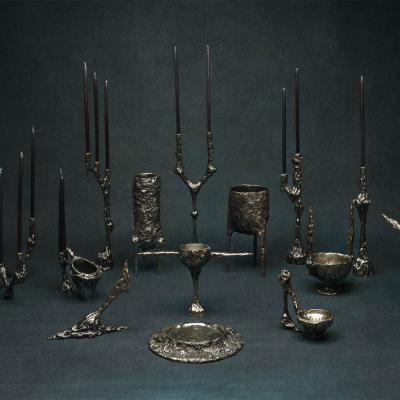
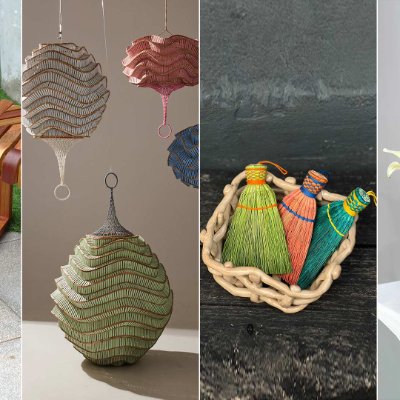
What do you think?